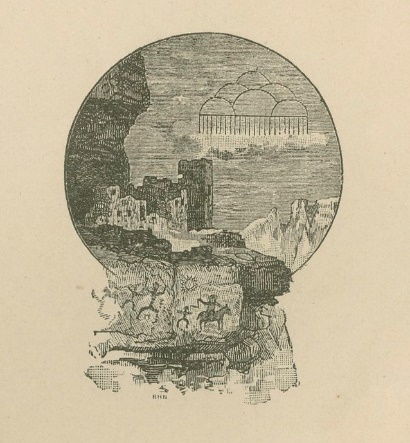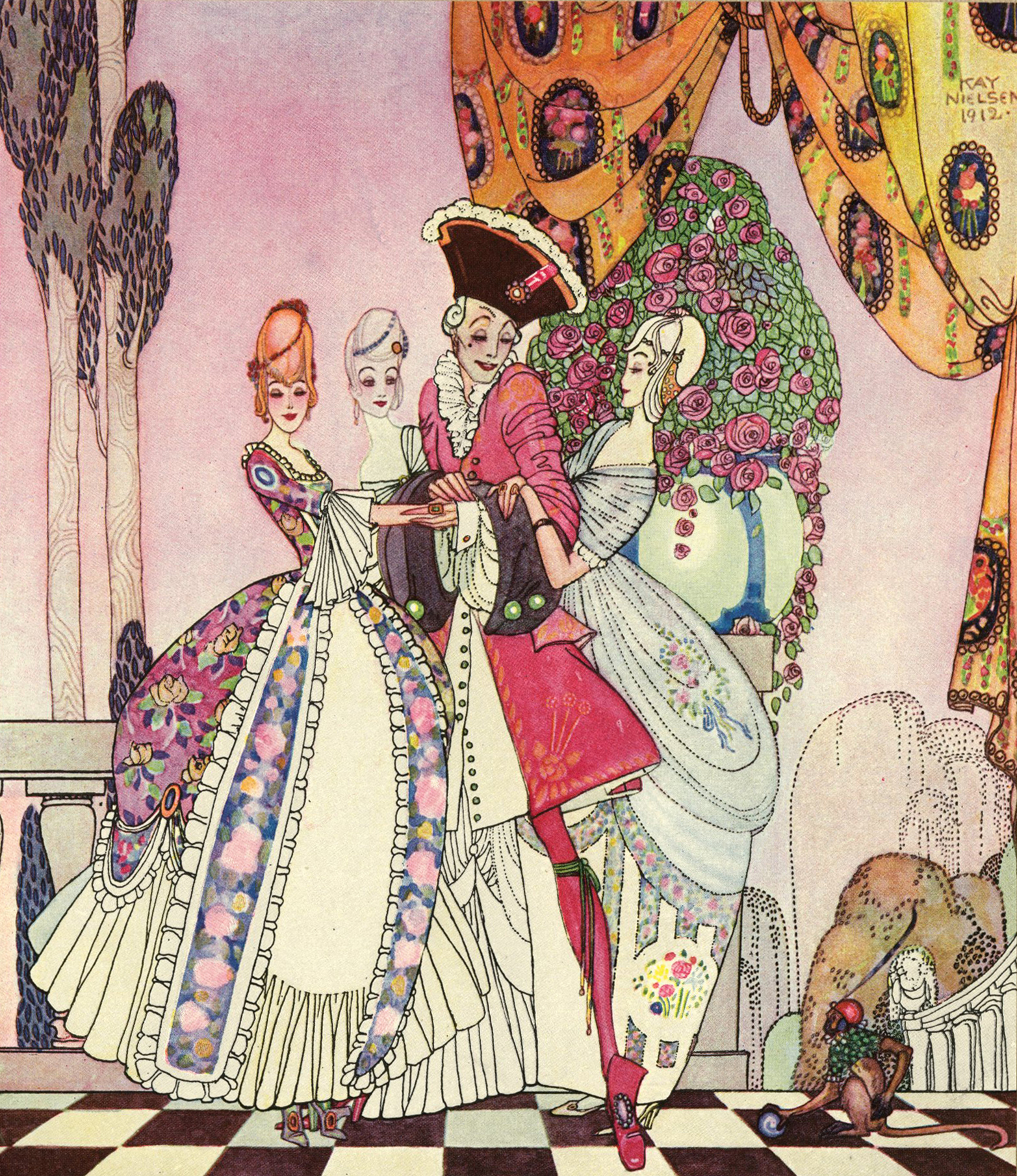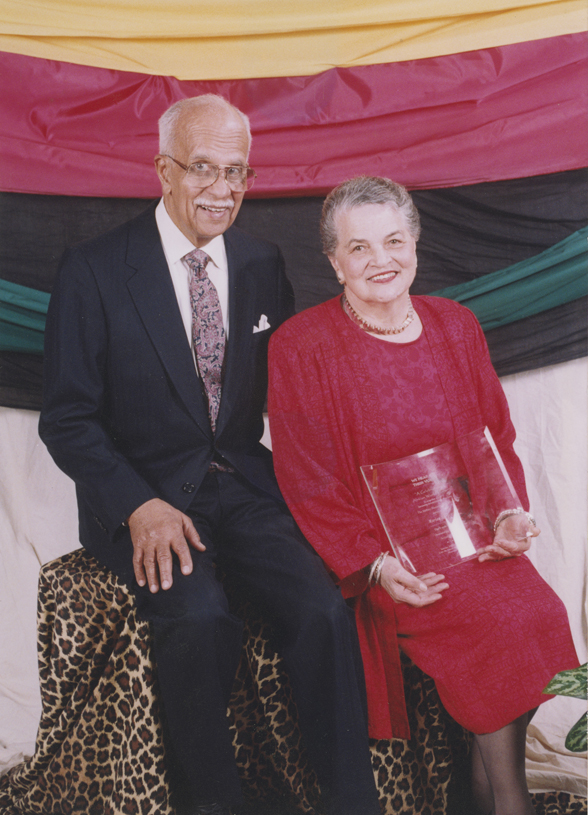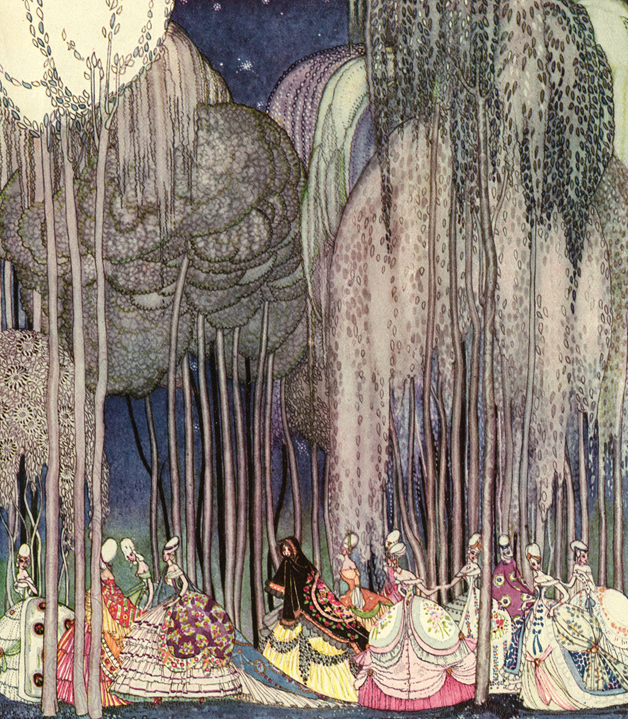By: Sydney Vollmer, ARB Intern
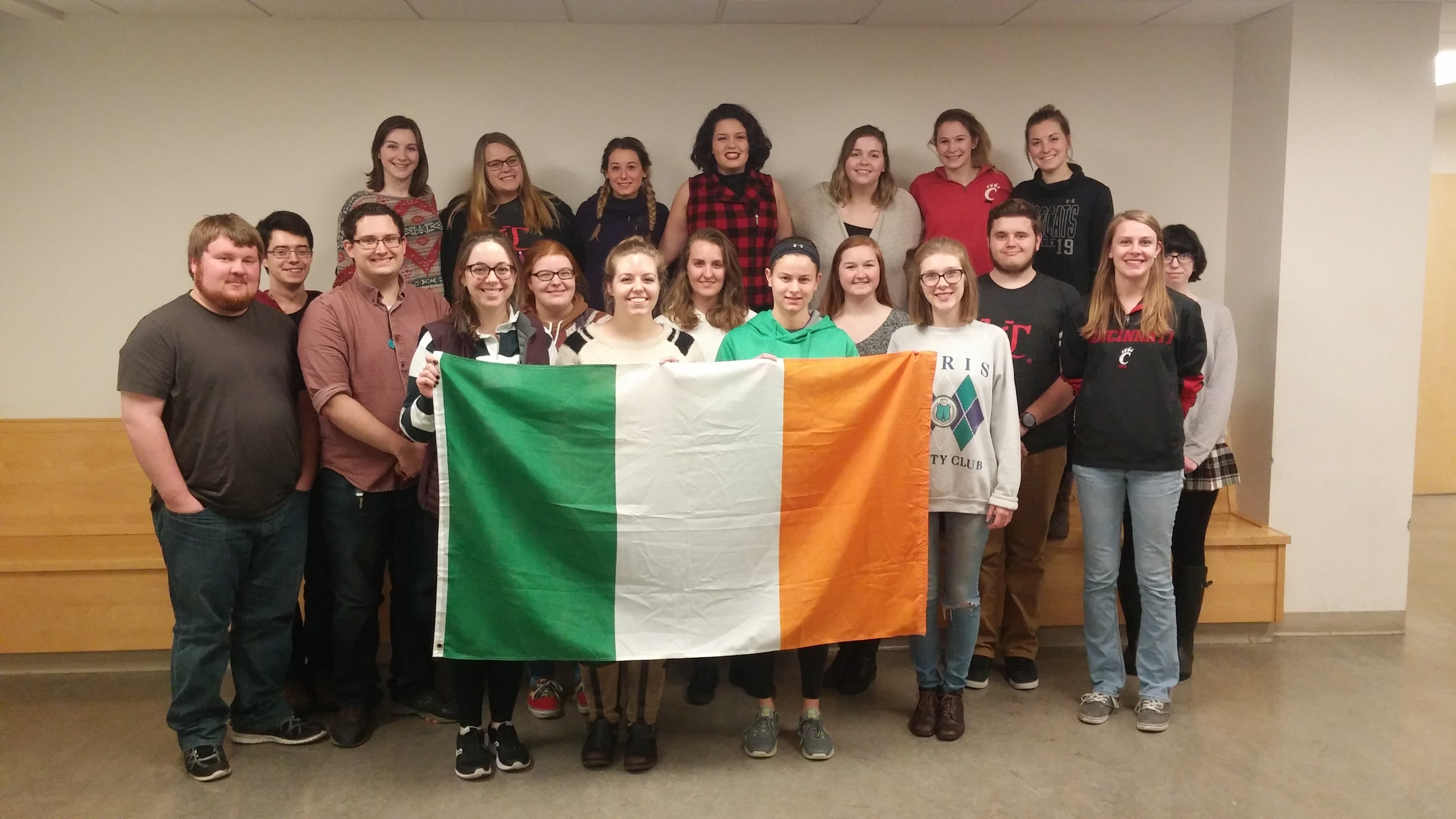 It’s that time of year again. Winter is *hopefully* leaving and making room for spring. March brings a lot to look forward to, especially for the Irish-American community. Every year since 1991, the president has declared March to be National Irish Heritage Month. But what does Irish heritage mean? One University Honors class is on a mission to find the answer to that question. It turns out that “to be Irish” means a lot more than having red hair, drinking beer, and being one with a short temper. Led by professor Kevin Grace, along with Debbie Brawn of University Honors, 20 students will travel to Ireland over spring break to get an in-depth look at the country from where so many Americans emigrated. The weeks leading up to the study tour were filled with readings of Irish-American literature, such as Angela’s Ashes and Irish America: Coming Into Clover, as well as the viewing of films and many discussions about what Irish heritage means. Continue reading
It’s that time of year again. Winter is *hopefully* leaving and making room for spring. March brings a lot to look forward to, especially for the Irish-American community. Every year since 1991, the president has declared March to be National Irish Heritage Month. But what does Irish heritage mean? One University Honors class is on a mission to find the answer to that question. It turns out that “to be Irish” means a lot more than having red hair, drinking beer, and being one with a short temper. Led by professor Kevin Grace, along with Debbie Brawn of University Honors, 20 students will travel to Ireland over spring break to get an in-depth look at the country from where so many Americans emigrated. The weeks leading up to the study tour were filled with readings of Irish-American literature, such as Angela’s Ashes and Irish America: Coming Into Clover, as well as the viewing of films and many discussions about what Irish heritage means. Continue reading


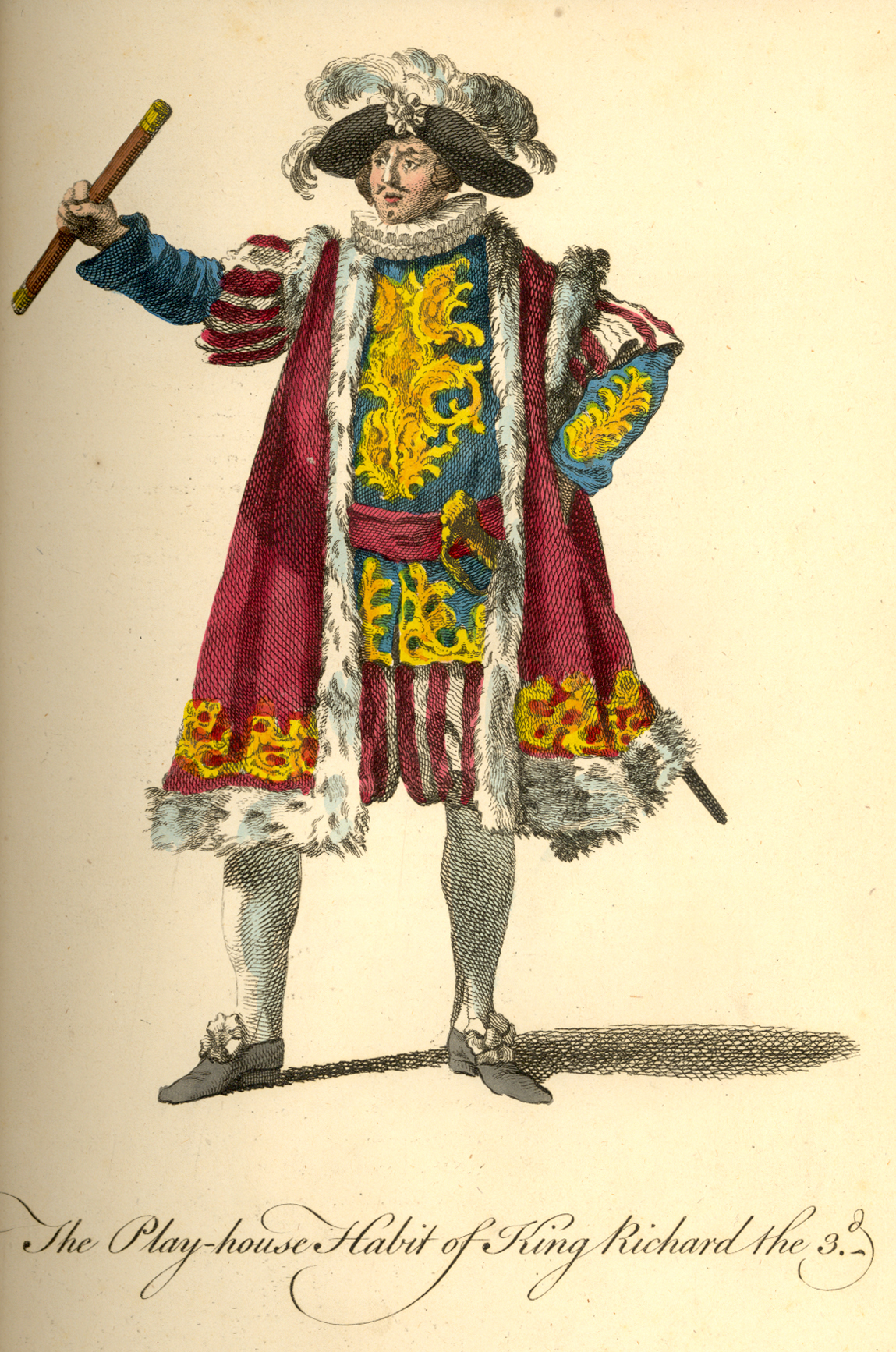 For those faithful followers who have not been keeping up with local theater, the Cincinnati Shakespeare Company’s next production will be Richard III, running February 17th through March 11th. Their website (
For those faithful followers who have not been keeping up with local theater, the Cincinnati Shakespeare Company’s next production will be Richard III, running February 17th through March 11th. Their website (